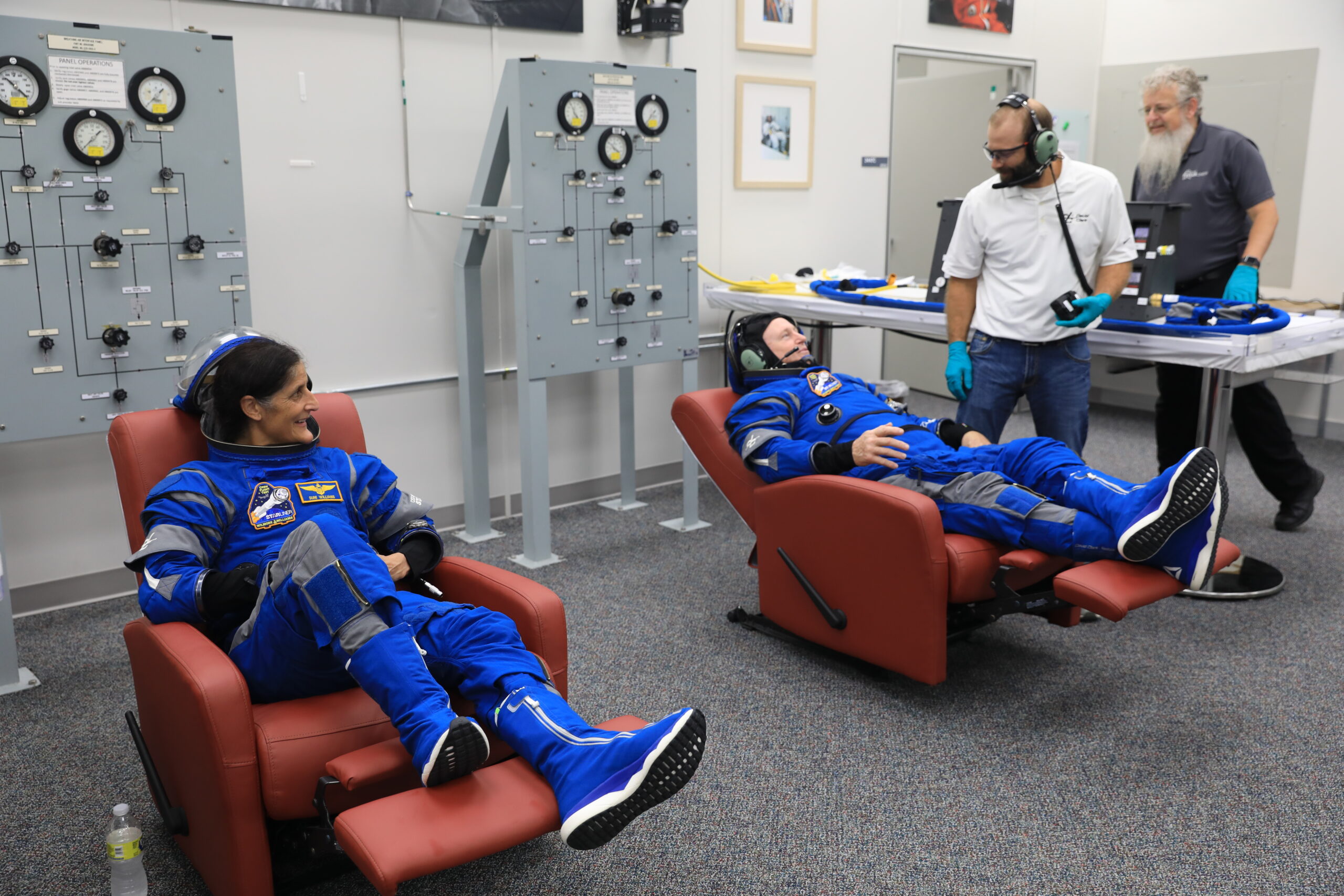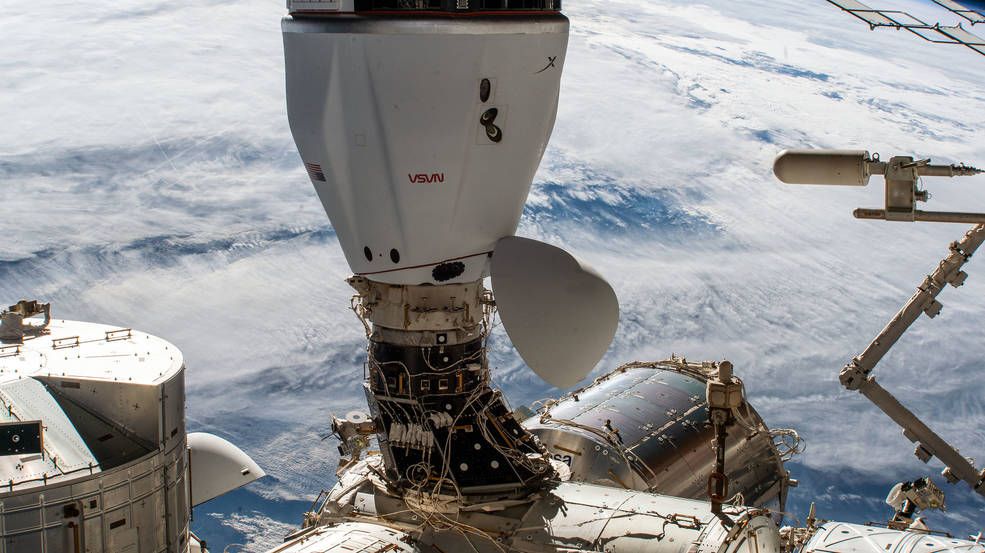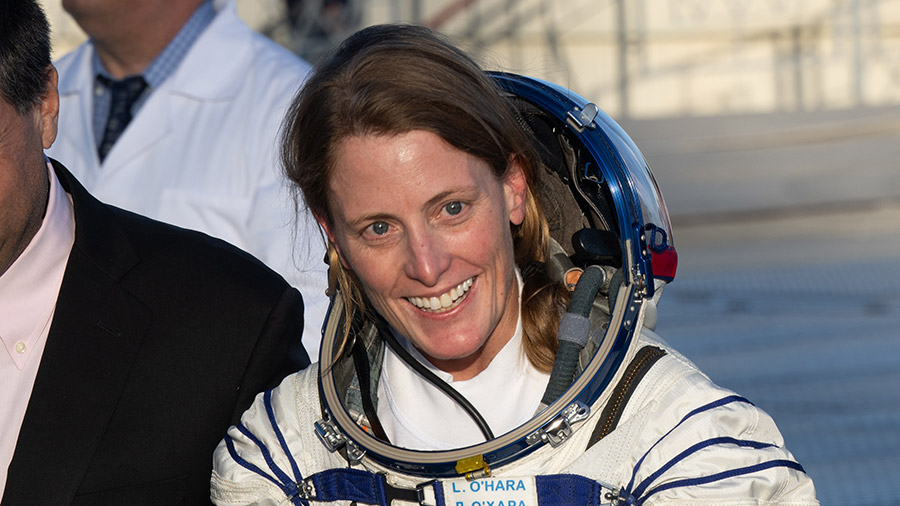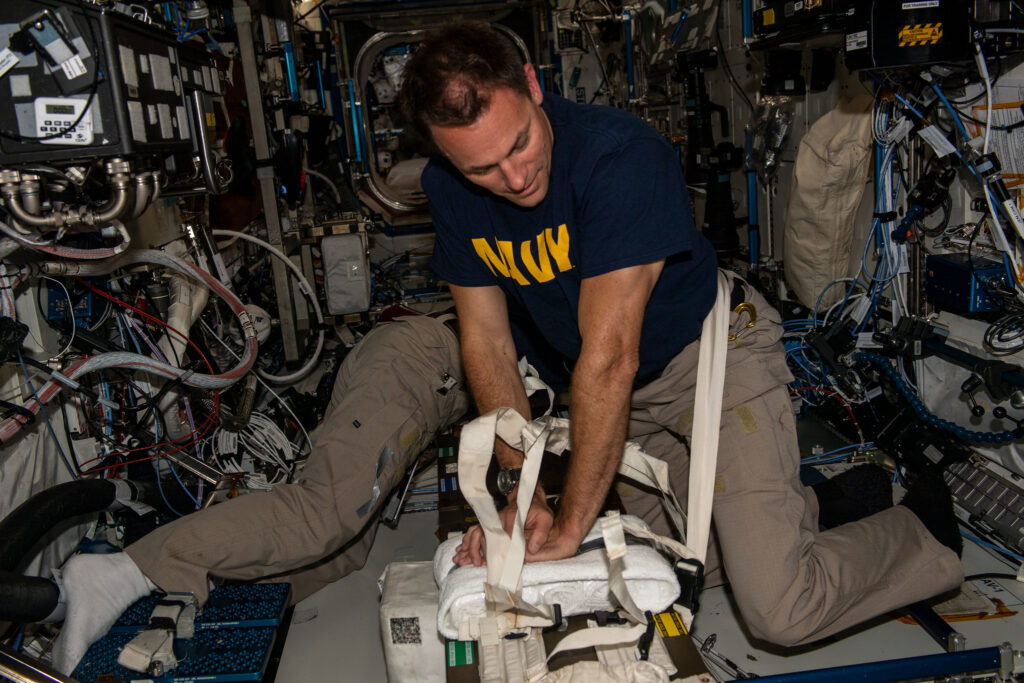
Payload maintenance and training topped Friday’s schedule aboard the International Space Station as the Expedition 71 septet gears up to welcome two new crew members next week.
On Thursday, May 2, four crew members entered the SpaceX Dragon spacecraft and relocated it to a different port to make room for the upcoming arrival of NASA’s Boeing Crew Flight Test. Dragon undocked from the Harmony module’s forward-facing port at 8:57 a.m. EDT and autonomously redocked to the module’s space-facing port at 9:46 a.m.
This move made Harmony’s forward port available for the arrival of Boeing’s Starliner spacecraft next week. Starliner is scheduled to launch from Space Launch Complex-41 at Cape Canaveral Space Force Station in Florida at 10:34 p.m. Monday, May 6, carrying NASA astronauts Butch Wilmore and Suni Williams to the station. The duo will enter Earth’s orbit and monitor the performance of spacecraft before docking to the orbital complex around 12:46 a.m. Wednesday, May 8.
Wilmore and Williams will spend about a week in low Earth orbit with the Expedition 71 crew to test Starliner and its subsystems before NASA certifies the transportation system for rotational missions to the orbiting laboratory as part of the agency’s Commercial Crew Program. NASA will broadcast the historic flight on NASA+, NASA TV, the NASA app, YouTube, and the agency’s website beginning at 6:30 p.m. Monday.
Aboard station, the septet split up maintenance duties on Friday. Flight Engineer Tracy C. Dyson of NASA began her day inspecting and photographing spacesuit power and data cables in preparation for upcoming spacewalks in June. Dyson then spent most of the day working with the Microgravity Science Glovebox, rotating the payload to clean its fans and screen, then activating it to support upcoming science investigations.
Flight Engineer Matthew Dominick of NASA removed and replaced the hydrogen sensor in the station’s oxygen generation system. He was later joined by his NASA crewmate, Mike Barratt, to test the health of the ventilation system in the U.S. segment and measured the airflow coming in and out of the vents.
The duo then joined NASA Flight Engineer Jeanette Epps and Roscsosmos Flight Engineer Alexander Grebenkin for a round of medical emergency training. The quartet reviewed procedures and hardware in the event a medical emergency requiring CPR were to occur on station.
After training, Epps removed and replaced the air filter in the wastewater processing system, then charged the Simplified Aid for EVA Rescue, or SAFER, batteries. Attached to the spacesuits astronauts don during spacewalks, SAFER allows a crew member to safely return to the station if they were to become untethered.
In the Zarya module, station Commander Oleg Kononenko removed and replaced ceiling panels. His Roscosmos crewmate, Nikolai Chub, practiced his piloting techniques during a Pilot-T session and later investigated the behavior of various liquid phases exposed to different temperatures and vibrations in the microgravity environment.
Learn more about station activities by following the space station blog, @space_station and @ISS_Research on X, as well as the ISS Facebook and ISS Instagram accounts.
Get weekly updates from NASA Johnson Space Center at: https://roundupreads.jsc.nasa.gov/
Get the latest from NASA delivered every week. Subscribe here: www.nasa.gov/subscribe




